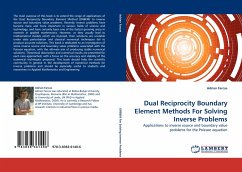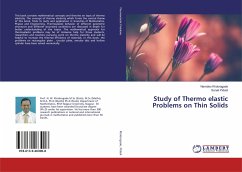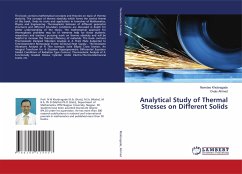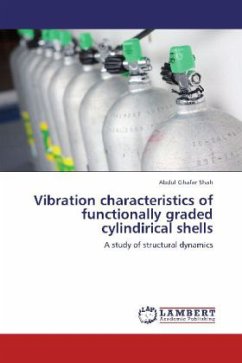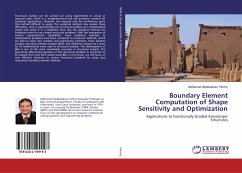
Boundary Element Computation of Shape Sensitivity and Optimization
Applications to Functionally Graded Anisotropic Structures
Versandkostenfrei!
Versandfertig in 6-10 Tagen
28,99 €
inkl. MwSt.

PAYBACK Punkte
14 °P sammeln!
Structural analysis can be carried out using experiments in actual or reduced scale, which is a straightforward and still prevalent method for industrial applications. However, the expense and the inefficiency make this method difficult to apply. The analytical method may resolve these difficulties, since it approximates the structural problem as a mathematical model and solves it in a simplified form. But the analytical method has limitations even for very simple structural problems. With the emergence of various computational capabilities, most analytical methods to mathematical problems hav...
Structural analysis can be carried out using experiments in actual or reduced scale, which is a straightforward and still prevalent method for industrial applications. However, the expense and the inefficiency make this method difficult to apply. The analytical method may resolve these difficulties, since it approximates the structural problem as a mathematical model and solves it in a simplified form. But the analytical method has limitations even for very simple structural problems. With the emergence of various computational capabilities, most analytical methods to mathematical problems have been converted to numerical methods, which are able to solve very complex real engineering problems. Finite element analysis, boundary element analysis (BEA), and meshfree analysis are a short list of mathematical tools used in structural analysis. The development of BEA is one of the most remarkable successes in structural analysis. The governing differential equation of the structural problem is converted to its integral form and then solved using BEA. In this book, we will focus on new efficient solutions to various structural problems by using dual reciprocity boundary element method.




